Kensuke Koike, Shaking Up Portrait Art
In 'No More No Less', the artist uses collage to forge new identities for unknown people who had their portraits taken in the 1980s.
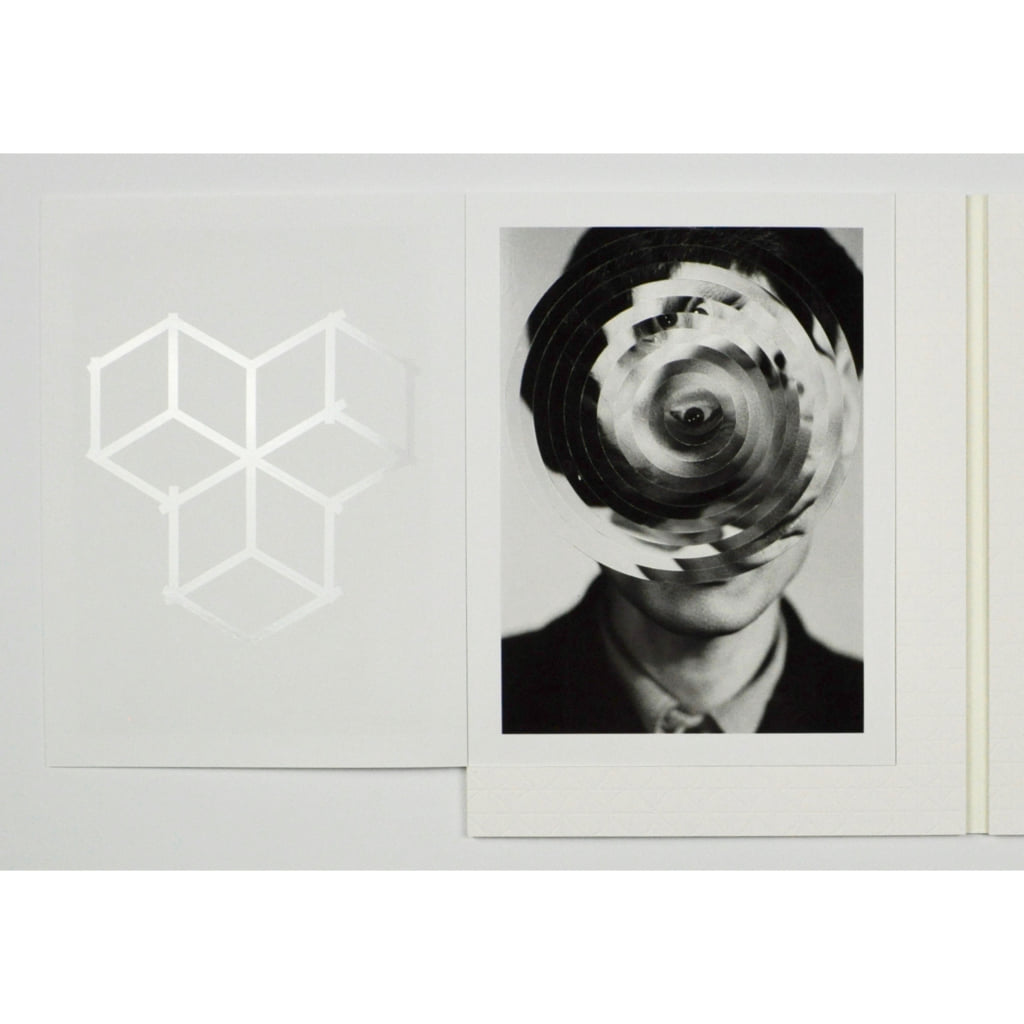
© Kensuke Koike
No More No Less is, above all, a story of encounters, of a skilful trio united by a love of photography. At its origin was a photography student at Shanghai University in the 1980s. This individual, who fell into obscurity, kept a book of black-and-white photographic studio portraits of anonymous subjects, accompanied by original negatives and annotated by their professor.
Next comes Thomas Sauvin, a specialist in contemporary Chinese photography who acquired this book in 2015, saving it from being destroyed in a recycling plant in the suburbs of Beijing. The final link in this creative chain is Kensuke Koike, a Japanese artist and collage master based in Venice.
Reinventing the portrait without additions or subtractions
Koike and Sauvin thus decided to launch the No More No Less project: new silver prints, created from the original negatives found in the album, went under Kensuke Koike‘s scalpel. The Japanese artist, with his blade and adhesive roller, cut, deconstructed, and reinvented the images, with one imperative: that nothing be added to or taken away from the photo taken by the Chinese student.
The result is a photographic series with new outlines and shaken-up geometry that gives a new identity to the anonymous individuals captured on film and leads the public to ponder the many possibilities hidden behind a simple portrait. This fascinating work based on cutting and reassembling has been documented by the Japanese artist, notably in video on his Instagram account.
No More No Less (2019) by Kensuke Koike and Thomas Sauvin, is published by The (M) Editions.
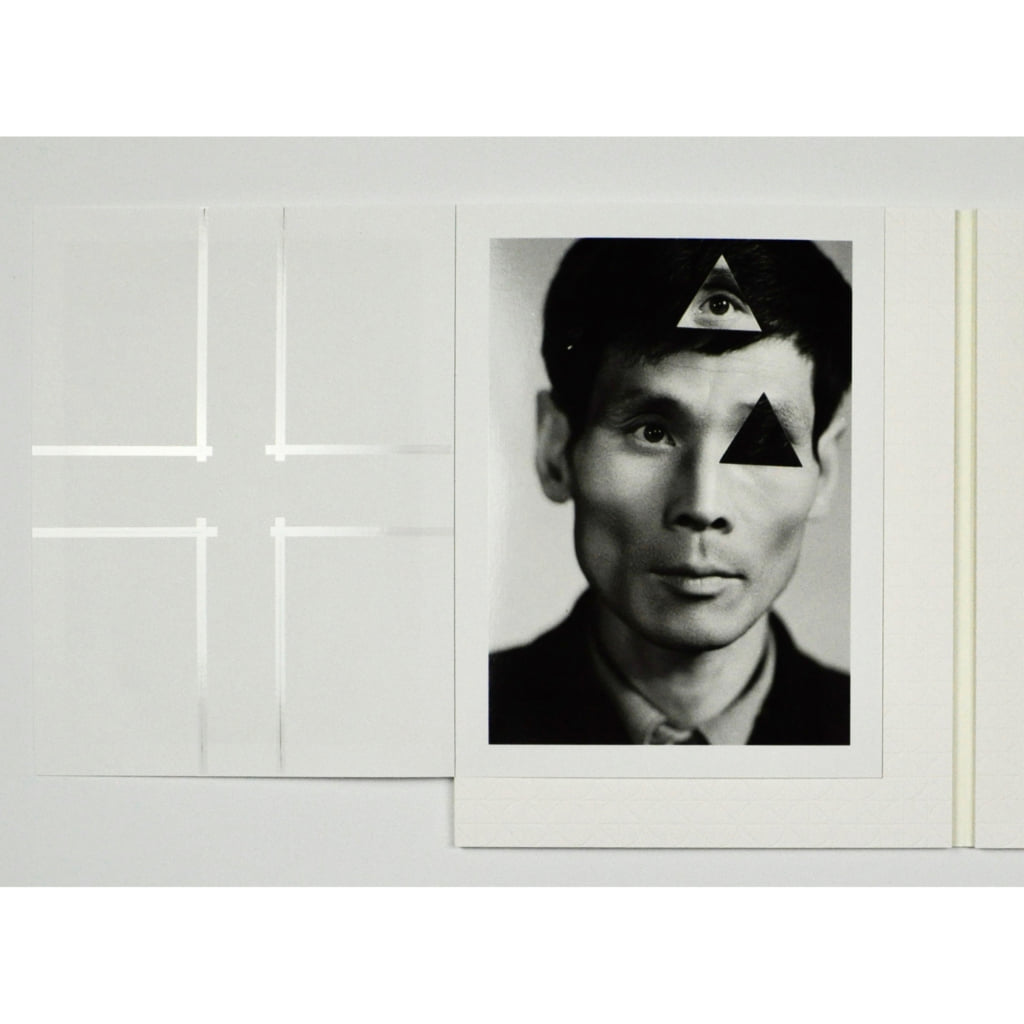
© Kensuke Koike
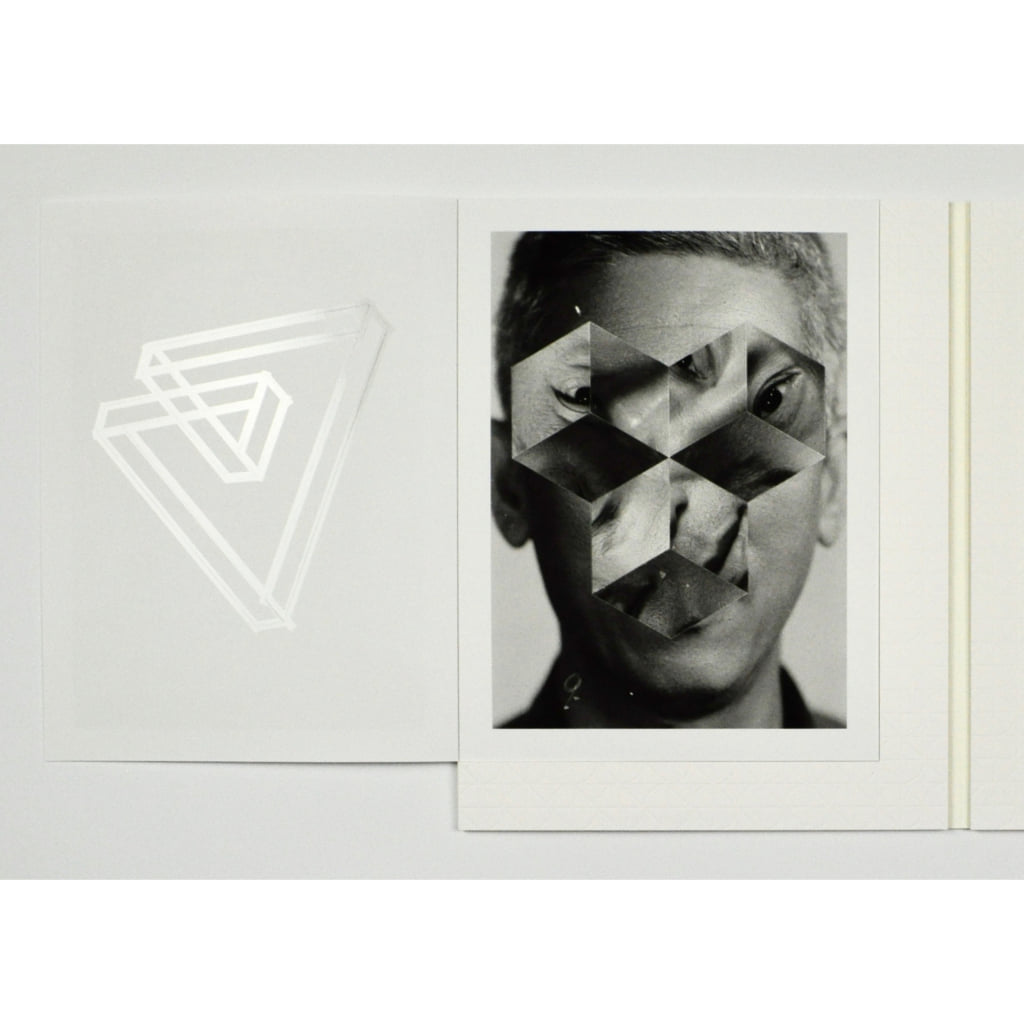
© Kensuke Koike
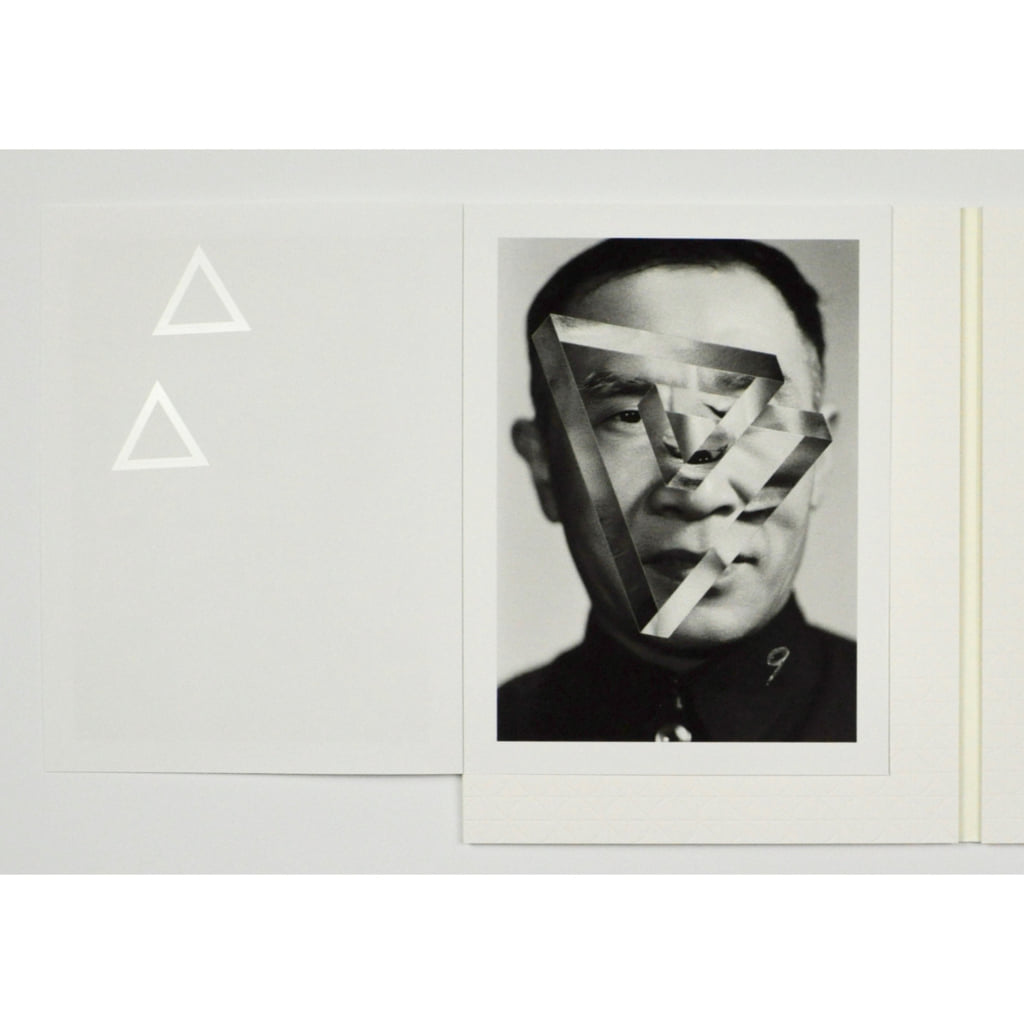
© Kensuke Koike
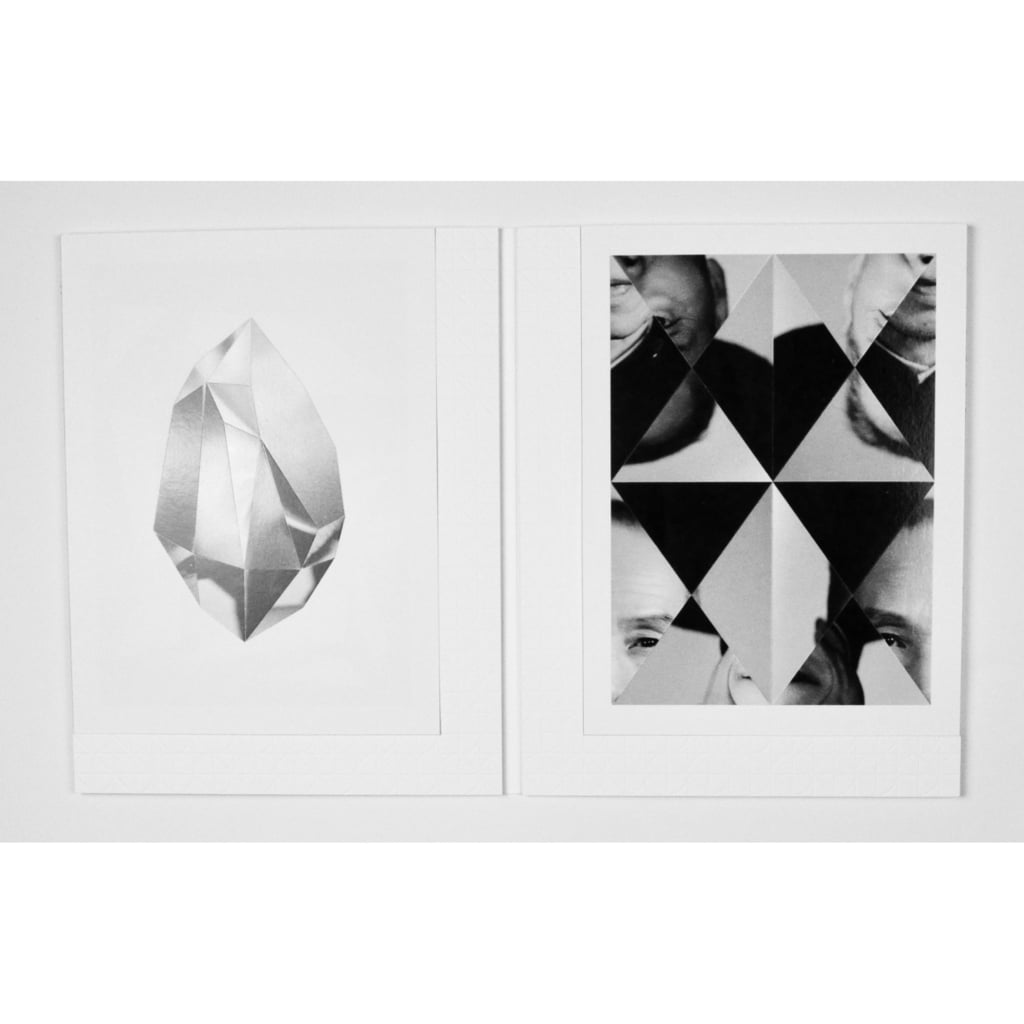
© Kensuke Koike
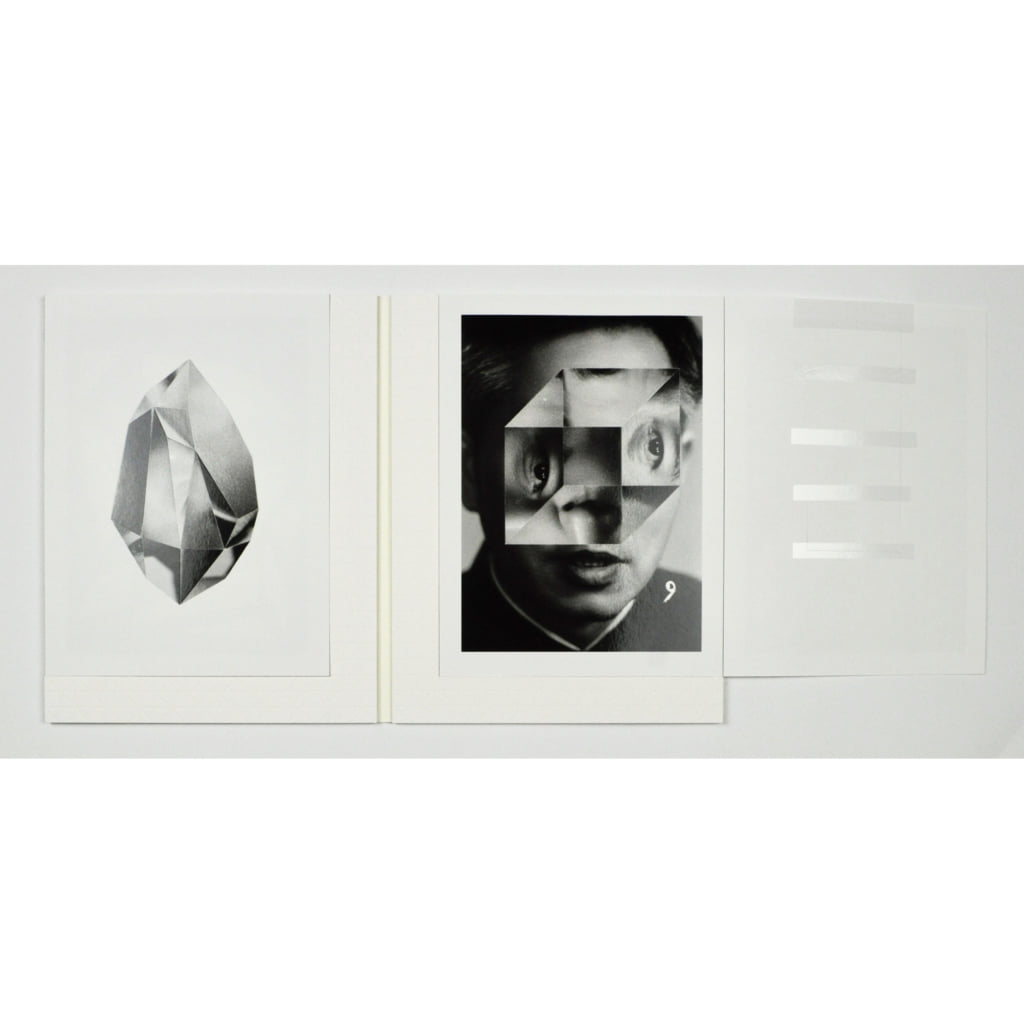
© Kensuke Koike
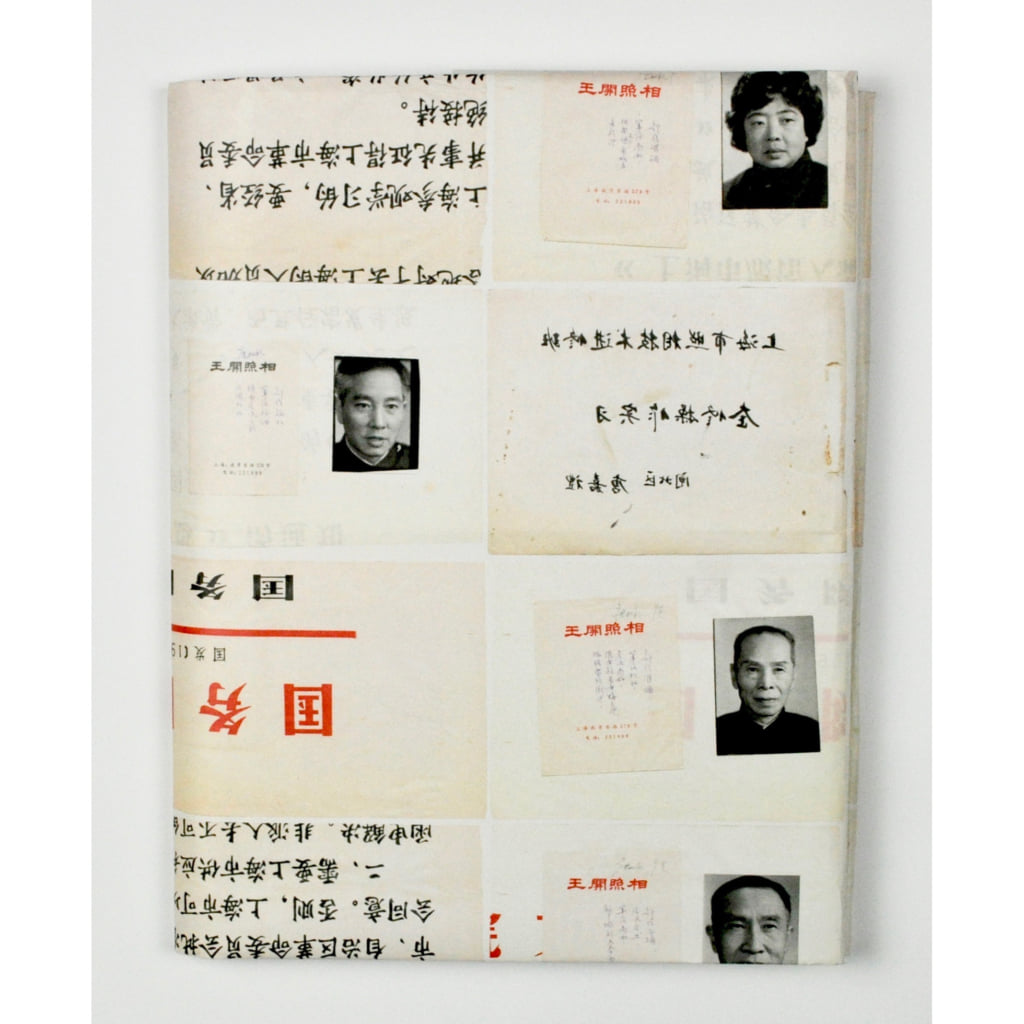
© Kensuke Koike
TRENDING
-
A House from the Taisho Era Reveals Its Secrets
While visiting an abandoned building, Hamish Campbell discovered photographs the owner had taken of the place in the 1920s.

-
The Taboo-Breaking Erotica of Toshio Saeki
The master of the 1970s Japanese avant-garde reimagined his most iconic artworks for a limited box set with silkscreen artist Fumie Taniyama.

-
With Meisa Fujishiro, Tokyo's Nudes Stand Tall
In the series 'Sketches of Tokyo', the photographer revisits the genre by bringing it face to face with the capital's architecture.

-
Masahisa Fukase's Family Portraits
In his series ‘Family’, the photographer compiles surprising photos in which he questions death, the inescapable.

-
Hajime Sorayama's Futuristic Eroticism
The illustrator is the pioneer for a form of hyperrealism that combines sensuality and technology and depicts sexualised robots.





